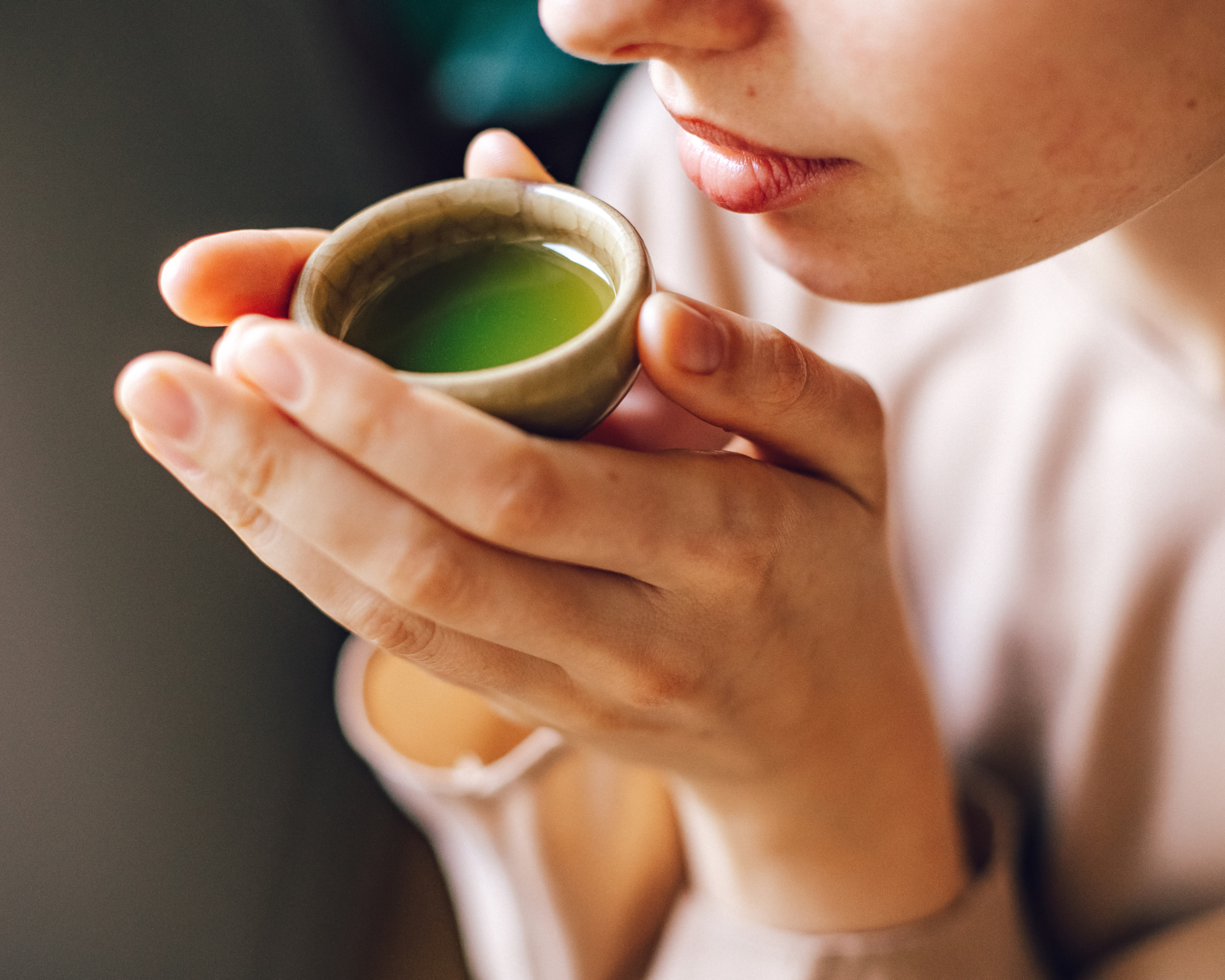Is Tea Healthy?

The reasons people drink tea are many: its taste, its variety of types and flavors, and the many different ways various cultures have learned to enjoy it. But is it healthy? Let’s take a look.
We’re going to focus here on “true tea”: a beverage made from the plant Camellia sinensis and its six types: white, yellow, green, oolong, black, and dark/puerh. While other drinks made from various herbs, flowers, plants, and fruits (what we call tisanes) are worth exploring, we’re going to limit our discussion here to the unique properties of the tea plant and its evidences for human health.
Tea has been used as a medicinal and energy drink for thousands of years, beginning in China. It is still a component of Chinese medicine today. Buddhist monks discovered that it had the ability to help them concentrate and stay awake—yet calm—for long stretches of meditation. In Japan, green tea has been consumed for close to a thousand years and is still a vital part of the national culture and diet. More green tea is consumed per capita in China and Japan than anywhere else in the world, and both nations’ peoples are ranked among the world’s longest-lived.
Today, researchers are examining the potential health benefits of tea. The components of tea most studied are its unique “catechins.” These are molecules formed by the plant to protect it from the sun’s UV radiation. Since catechins act as antioxidants for the plant, the thought is that they might act similarly in humans. The four main catechins, found only in tea, are epicatechin (EC), epicatechin-3-gallate (ECG), epigallocatechin (EGC), and epigallocatechin-3-gallate (EGCG), with EGC and especially EGCG being the most prevalent. Processing tea leaves into green tea preserves more catechins; processing leaves into other types (white, yellow, oolong, black, dark/puerh) causes many of them (depending on tea type) to break down and be transformed into longer-chained molecules called polyphenols.
Because more of these unique catechins are present in green tea, it is the most-studied tea type. Early on, in-vitro studies showed promise for many areas of health, and multiple human subject studies have been underway more recently to examine tea’s potential for anti-cancer, anti-inflammatory, cardiovascular (LDL cholesterol, blood pressure, A1C), cognitive, anti-microbial, and oral health benefits, among others. Some studies have already shown positive results, while others are promising. Studies with positive results usually involve drinking a minimum of five cups of green tea daily (or its equivalent in powdered form), rather than consuming a single isolated catechin (EGCG, for instance). Also, at least one study shows that tea’s health effects are negated by adding cow’s milk, as the proteins in milk bind to the catechins, rendering them ineffective. So based on the current research, there are likely health benefits to tea in general, and particularly for green tea, especially if you drink it in its whole form (not pill isolates of catechins) and without adding milk.
Does this mean that there are no benefits to drinking tea in its other forms (white, yellow, oolong, black, puerh)? Studies indicate likely health benefits to all tea types and for differing reasons (white tea and lightly-oxidized oolongs still have a large amount of catechins while dark/puerh has natural statins), but green tea’s larger amount of catechins, and its history of being part of a healthy diet in longer-lived cultures, points to a greater potential for health. (Read more about the health benefits of oolong and dark/puer.)
But what about caffeine? While all true tea contains caffeine, by the ounce there is generally half the amount found in coffee, and it also acts differently: If you get jittery from coffee’s instant “jolt” to the nervous system, tea contains the amino acid L-theanine, which (along with the catechins) acts to slow down the processing of caffeine and has the benefit of giving most people a sense of calm. This difference in how caffeine is absorbed from tea also gives you energy that lasts longer, without a subsequent energy “crash.” For a longer-lasting, alertness/mood-enhancing boost, along with a whopping amount of catechins (10 or more times that of regular green tea), consider starting your day with a bowl of high-quality, shade-grown matcha.
And if going organic is important to you, there are many organic tea choices. But it’s also good to know that the great majority of tea is grown in regions far from city pollution, by farmers who either couldn’t afford a pesticide and/or wouldn’t need one, since tea makes its own natural pesticide: caffeine. Naturally-processed tea (with no added flavorings) gives one the most “unadulterated” form of tea, but carefully-sourced flavored versions can be a good choice also.
There is no guarantee that tea alone will cure one’s health issues. However, there is plenty of evidence that it should be enjoyed as part of a healthy diet and lifestyle, and there are growing indications that tea’s numerous potential benefits could contribute to obtaining one’s health goals, especially when consumed frequently. So drink to your health!
Sources:
“Addition of milk prevents vascular protective effects of tea”. European Heart Journal, 2007.
“An Update on the Health Benefits of Green Tea”, by Wanda C. Reygaert. Beverages 2017, 3, 6
“Effects of Green Tea Catechins on Prostate Cancer Chemoprevention: The Role of the Gut Microbiome”. Cancers 2022, 14, 3988
“Health Benefits and Chemical Composition of Matcha Green Tea: A Review”. Molecules, 2021
Tea: A Nerd’s Eye View, by Virginia Utermohlen Lovelace, MD. VU Books, 2020
The Classic of Tea or Cha Jing, by Lu Yu. Trans. Michelle Huan, et al., found in Global Tea Hut magazine, September 2015, pp.29-64
The Story of Tea: A Cultural History and Drinking Guide, by Mary Lou Heiss and Robert J. Heiss. Ten Speed Press, 2007




Comments